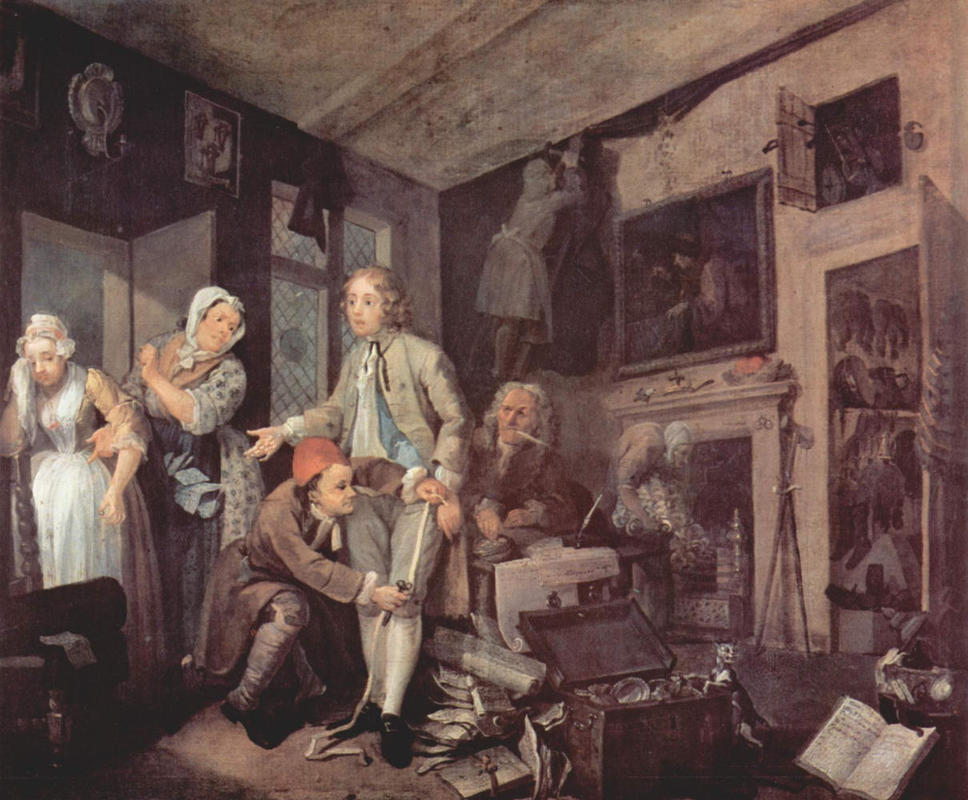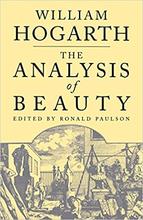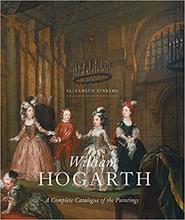More about A Rake's Progress I: The Heir
- All
- Info
- Shop

Contributor
William Hogarth was appalled at the consumerism of the new rich in 1700s London.
Luxury wigs, pansy morning gowns and slippers, and grotesque late-night gambling, drinking, and frolicking. All of it paid from inheritances or credit cards. Stuff that for us is hard to imagine. In a series of eight paintings, "A Rake’s Progress," Hogarth mercilessly roasts a self-absorbed and wild spending Tom Rakewell. Each one is chock-full of failed characters. Hogarth's cruel humor makes fun of and shames the new morally challenged middle-class.
Young Hogarth spent a lot of time on the rowdy streets of 1700s London sketching its characters. Then he lived in a nasty debtors prison with his family for five long years. His father had opened a café for the new middle-class and the venture failed completely. Hogarth, therefore, saw lots of Rakewells first hand and he depicts them in such a grotesque and vivid way that every Tom, Mary, and Arvid will get the message. Greed is bad, aspiring to be an aristo. is worse. The Heir is ground zero as a somewhat dimwitted Tom the Rake has just inherited a load of dough from his rich merchant father and, first things first, abandons his working-class fiancé. She is in tears, holding a ring. He is getting outfitted for his new clothes. The fiancé's mom is mightily pissed off.
Mini-dramas play out in the sorry old quarters Tom still occupies. At the table behind Tom, a shady character is pocketing some of the inheritance. A hunched over and worn-out housekeeper is mid-chore. A scrawny cat discovers that the chest is full of silver rather than food. The whole thing doesn’t bode well.
Sources
- A Rake’s Progress. Artable.com. Accessed 30 June 2014.
- Christina Scull, The Soane Hogarths. Sir John Soane’s Museum, 2nd edition 2007.













